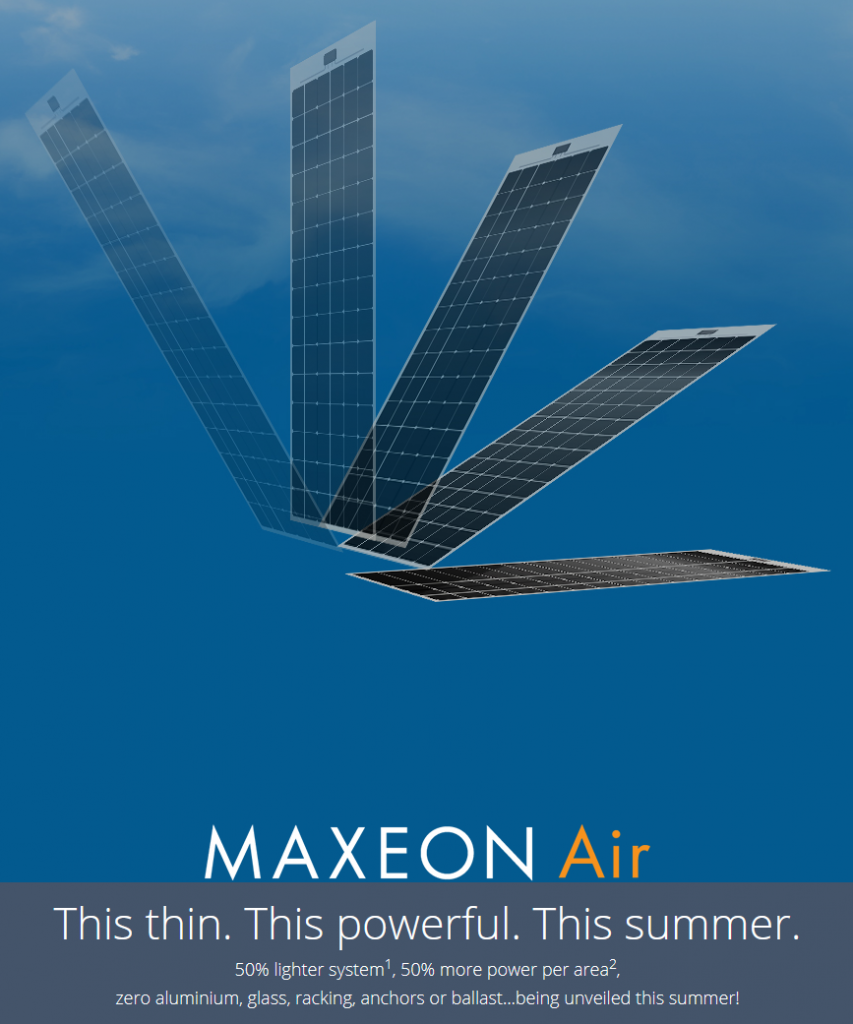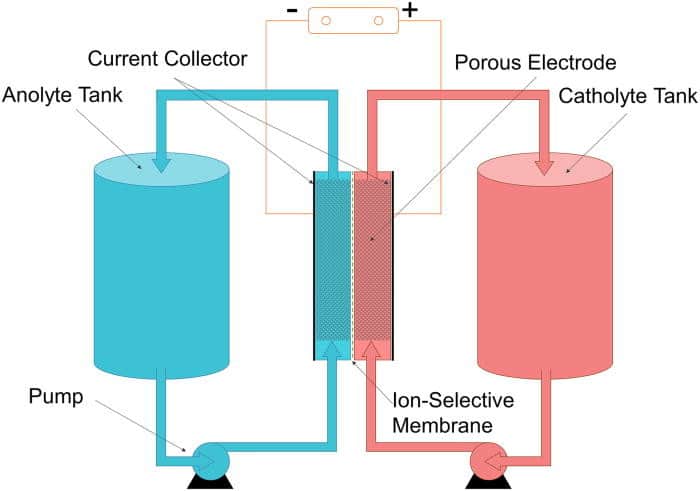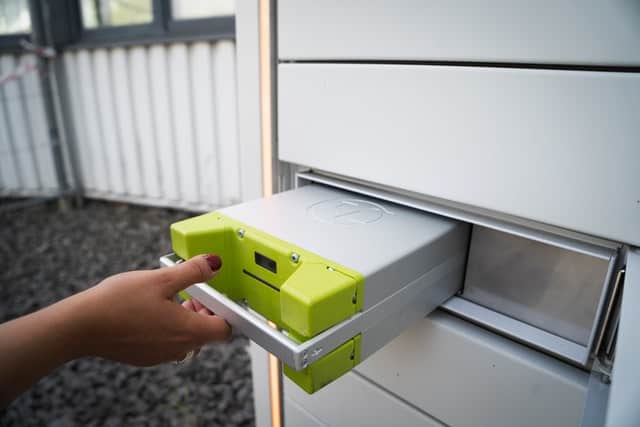Agrivoltaics, also known as agrophotovoltaics, is the practice of co-locating solar panels with crops or livestock on farms, ranches, and other agricultural land.
The concept of agrivoltaics dates back to the early 1980s, when researchers in Germany first investigated the potential benefits of integrating photovoltaic (PV) systems with agricultural land use. The idea has since gained traction, and agrivoltaic systems are now being implemented in various parts of the world. According to a report by the International Renewable Energy Agency (IRENA), there were more than 3,500 agrivoltaic systems globally in 2021, with a total installed capacity of approximately 2.9 GW.
The benefits of agrivoltaics are numerous. By co-locating solar panels with crops, farmers can increase their land-use efficiency, reduce water usage, and improve crop yields. The shade provided by the solar panels also helps to mitigate heat stress on crops during hot summer months, which can reduce crop losses and improve the quality of the produce. Moreover, agrivoltaic systems can provide an additional source of income for farmers, as they can sell the excess solar energy generated back to the grid or use it for on-farm operations.
One example of an agrivoltaic system in action is the Horticulture Solar Power Project in Japan, which was developed by Kyocera Corporation in collaboration with local farmers. The project involves installing PV modules on a 25-hectare agricultural site, where a variety of crops are grown, including tomatoes, cucumbers, and eggplants. The system has been in operation since 2013 and has demonstrated a 30% increase in crop yields compared to conventional farming methods, as well as a 15% reduction in water usage.
Another example of agrivoltaics being used in the real world is the Fraunhofer Institute’s “Solar Harvest” project in Germany. The project involves integrating PV systems with vineyards to create a dual-use system that maximizes land-use efficiency. The solar panels are mounted on elevated structures above the grapevines, providing shade and reducing heat stress on the plants. The system has been shown to increase grape yields by up to 25% and reduce water usage by up to 40%.
Agrivoltaics have also been implemented in India, where the lack of available land for solar installations has led to the development of floating solar PV systems on agricultural reservoirs. The systems not only generate renewable energy but also help to reduce water evaporation and improve water quality for irrigation.
Several studies have also demonstrated the effectiveness of agrivoltaics. A study published in the journal PLOS ONE found that co-locating solar panels with crops can increase land-use efficiency by up to 60%, and reduce water usage by up to 75%. Another study by the University of Arizona found that agrivoltaic systems can increase crop yields by up to 73%, depending on the type of crop and the design of the system.
The cost of implementing agrivoltaic systems can be higher than traditional farming methods, and the design of the system must be carefully planned to avoid shading the crops too much or damaging the solar panels. Additionally, the management of the dual-use system can be more complex, requiring specialized knowledge and skills.
Agrivoltaics offer a promising solution to the challenges of increasing demand for food and energy. By combining agriculture and solar power, farmers can increase their land-use efficiency, reduce water usage, improve crop yields, and generate renewable energy. While there are challenges associated with implementing agrivoltaic systems, the potential benefits make it a worthwhile investment for the future of sustainable agriculture. As the technology and knowledge around agrivoltaics continue to evolve, it is likely that we will see more widespread adoption of this innovative approach to land use.




